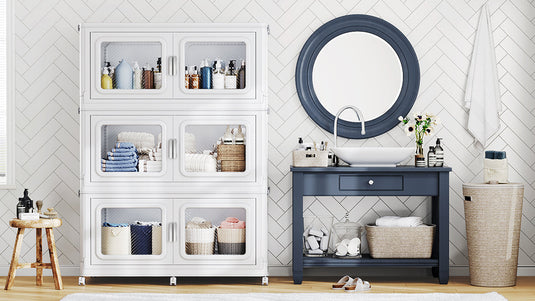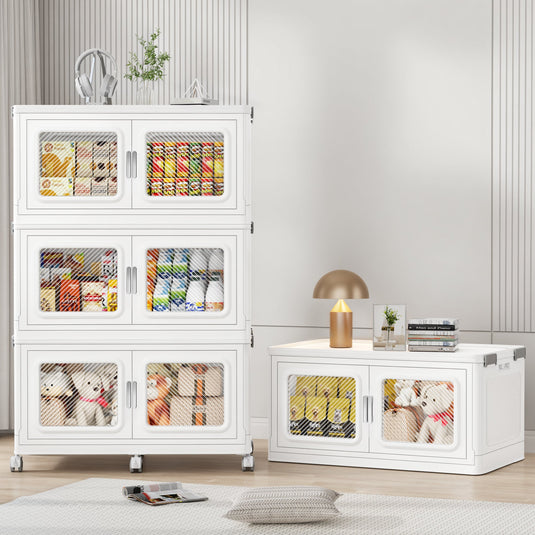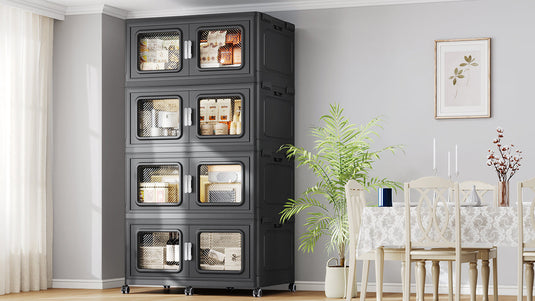When dealing with small spaces, maximizing storage while maintaining accessibility and aesthetics is key. Here are some of the best toy organizers for small spaces:
1. Over-the-Door Organizers
- Why it works: Utilizes vertical space on the back of doors, keeping toys off the floor.
- Best for: Small toys like action figures, art supplies, or stuffed animals.
- Examples: Hanging fabric organizers with pockets or clear plastic shoe organizers.
2. Collapsible Fabric Bins or Baskets
- Why it works: Lightweight, foldable, and easy to store when not in use.
- Best for: Larger toys, books, or blocks.
- Examples:Cube storage bins that fit into shelving units or standalone baskets.
3. Stackable Storage Bins
- Why it works: Vertical stacking saves floor space, and they’re easy to label.
- Best for: Categorizing toys like Legos, dolls, or puzzles.
- Examples: Clear plastic bins with lids or colorful stackable crates.
4. Wall-Mounted Shelves or Cubbies
- Why it works: Keeps toys off the floor and uses wall space efficiently.
- Best for: Displaying toys, books, or smaller bins.
- Examples:Floating shelves or modular cube organizers.
5. Under-Bed Storage
- Why it works: Utilizes often-wasted space under the bed.
- Best for: Bulky toys, board games, or seasonal items.
- Examples: Rolling under-bed storage bins or flat, low-profile containers.
6. Multi-Functional Furniture
- Why it works: Combines storage with functionality, like seating or sleeping.
- Best for: Small rooms where space is at a premium.
- Examples: Storage ottomans, benches with hidden compartments, or beds with built-in drawers.
7. Foldable Toy Chests
- Why it works:Provides a large storage area but can be folded flat when not in use.
- Best for: Storing a variety of toys in one place.
- Examples: Fabric or wooden foldable chests.
8. Magnetic or Pegboard Organizers
- Why it works: Uses wall space creatively for small items.
- Best for: Magnetic toys, art supplies, or action figures.
- Examples: Magnetic boards or pegboards with hooks and containers.
9. Rolling Carts
- Why it works: Portable and can be tucked away when not in use.
- Best for: Arts and crafts supplies, small toys, or books.
- Examples: Three-tier rolling carts with bins or drawers.
10. Hanging Nets or Hammocks
- Why it works: Great for lightweight toys and adds a fun visual element.
- Best for: Stuffed animals or balls.
- Examples: Corner hammocks or ceiling-mounted nets.
Tips for Small Space Toy Organization:
- Label everything: Helps kids know where toys belong and makes cleanup easier.
- Rotate toys: Store some toys out of sight and rotate them periodically to keep things fresh.
- Use vertical space: Walls, doors, and ceilings are often underutilized in small spaces.
- Choose dual-purpose furniture: Look for items that serve more than one function.
By combining these solutions, you can create a tidy, functional, and kid-friendly space even in the smallest of rooms!




